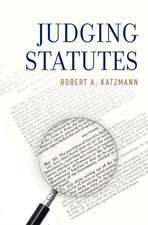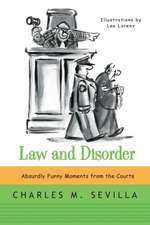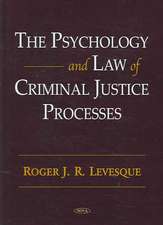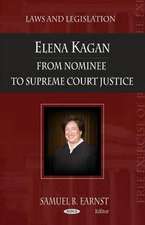Court Nominations
Editat de Peter C. Kesterhoffen Limba Engleză Paperback – 12 mai 2009
Preț: 304.59 lei
Preț vechi: 408.81 lei
-25% Nou
Puncte Express: 457
Preț estimativ în valută:
58.28€ • 61.02$ • 48.23£
58.28€ • 61.02$ • 48.23£
Carte disponibilă
Livrare economică 15-29 martie
Preluare comenzi: 021 569.72.76
Specificații
ISBN-13: 9781606925560
ISBN-10: 1606925563
Pagini: 192
Ilustrații: tables
Dimensiuni: 154 x 227 x 14 mm
Greutate: 0.35 kg
Ediția:New.
Editura: Nova Science Publishers Inc
ISBN-10: 1606925563
Pagini: 192
Ilustrații: tables
Dimensiuni: 154 x 227 x 14 mm
Greutate: 0.35 kg
Ediția:New.
Editura: Nova Science Publishers Inc
Cuprins
Preface; Role of Home State Senators in the Selection of Lower Federal Court Judges; Nomination and Confirmation of Lower Federal Court Judges in Presidential Election Years; Nominations to Article III Lower Courts by President George W. Bush During the 110th Congress; Index.

















